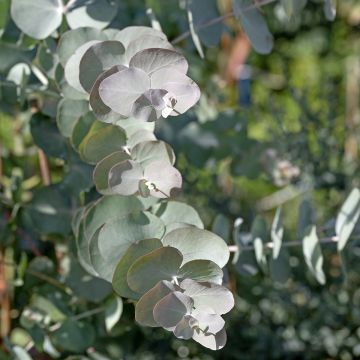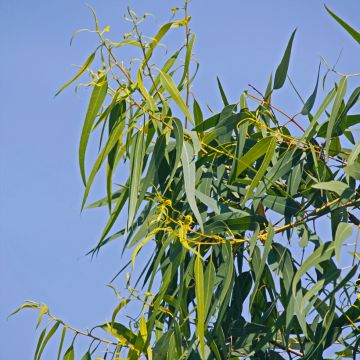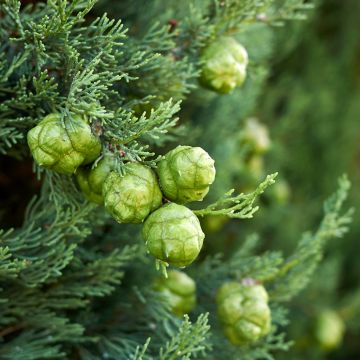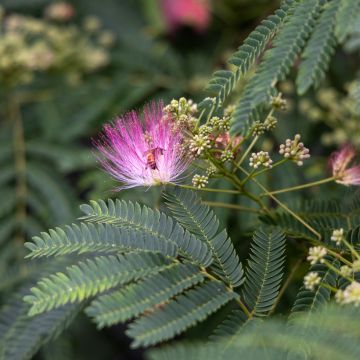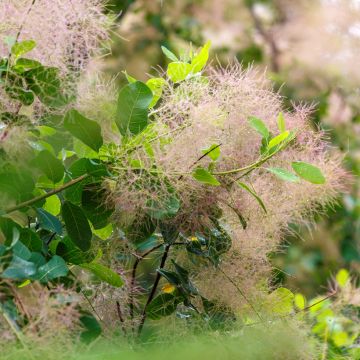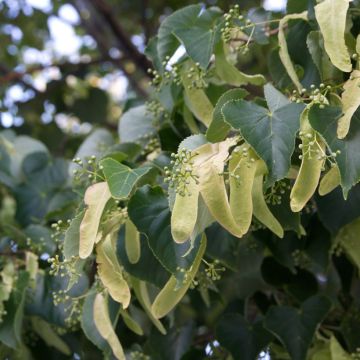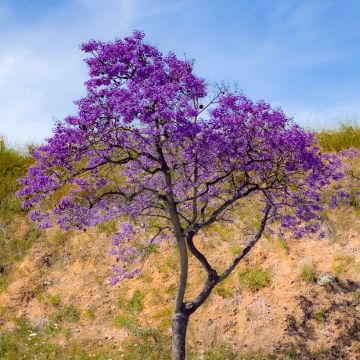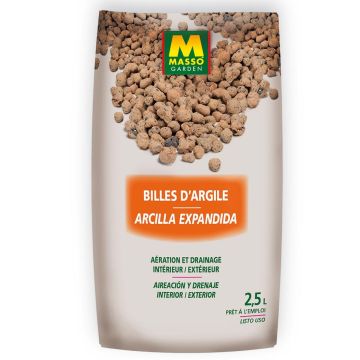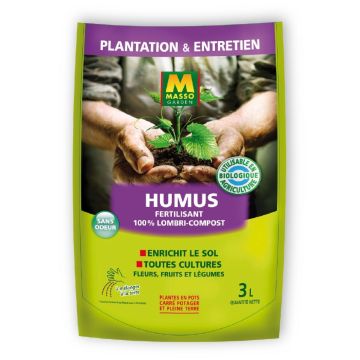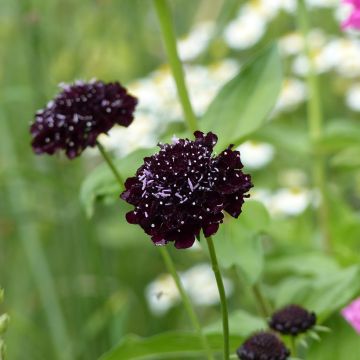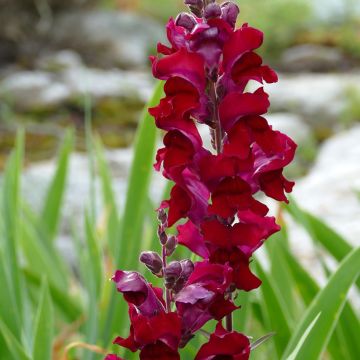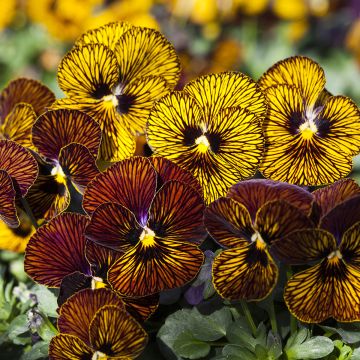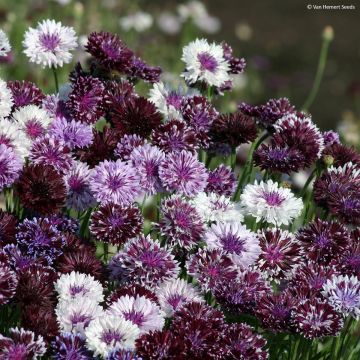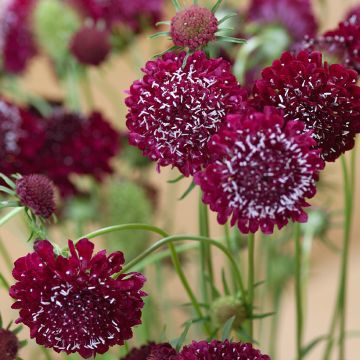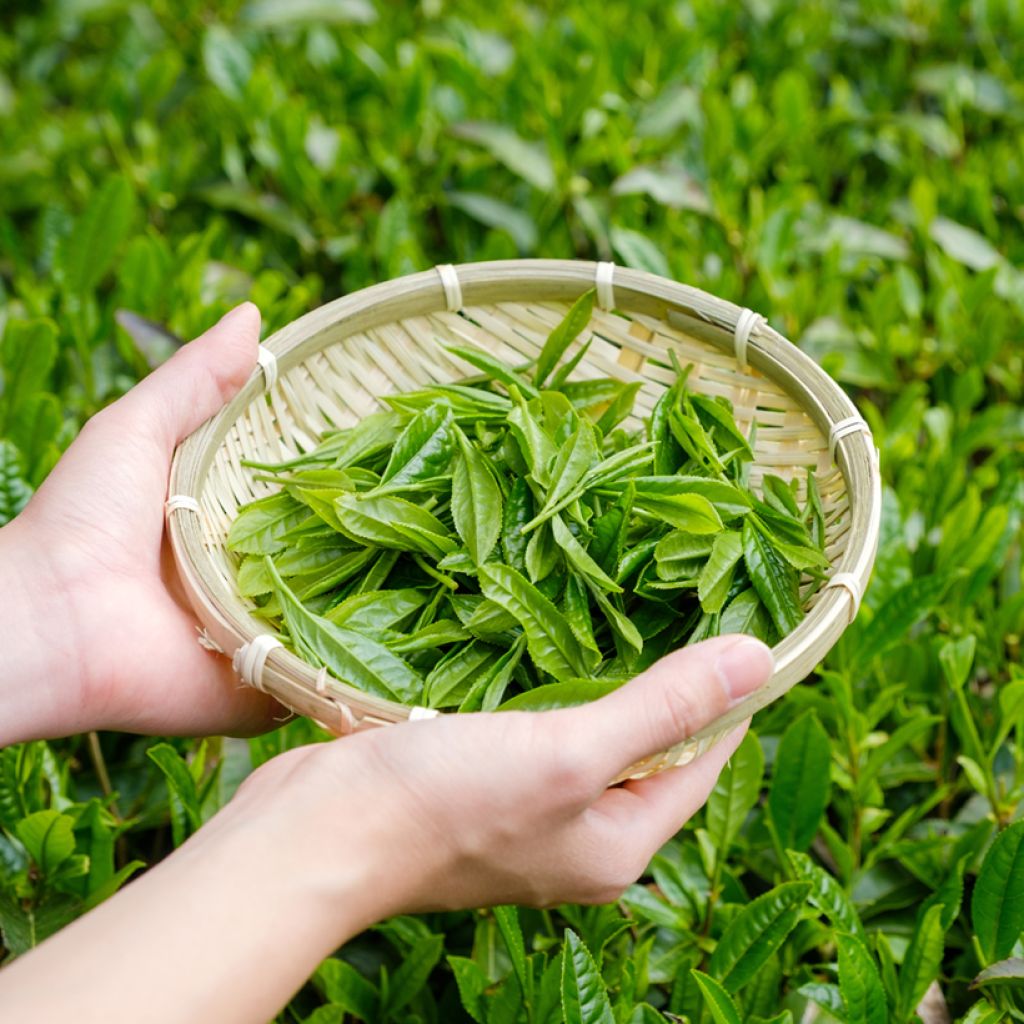

Camellia sinensis seeds - Tea
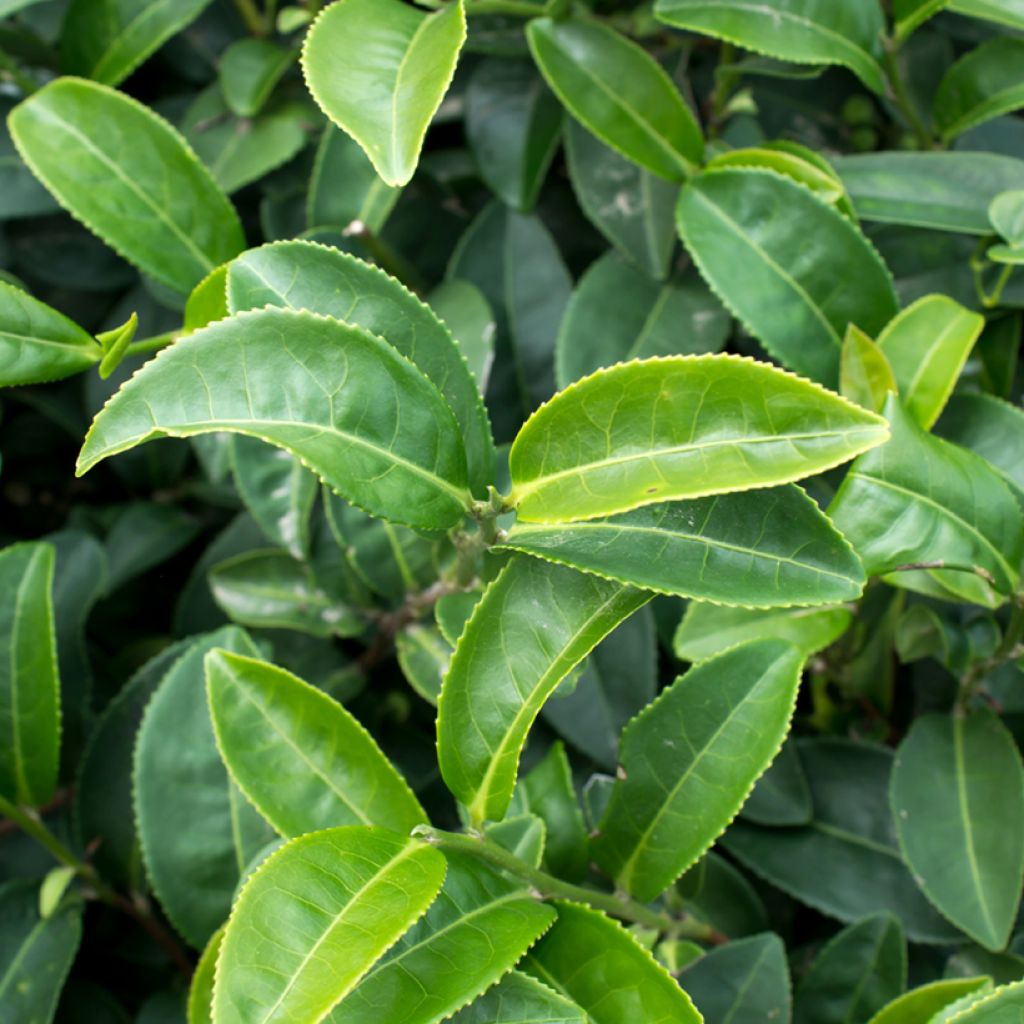

Camellia sinensis seeds - Tea
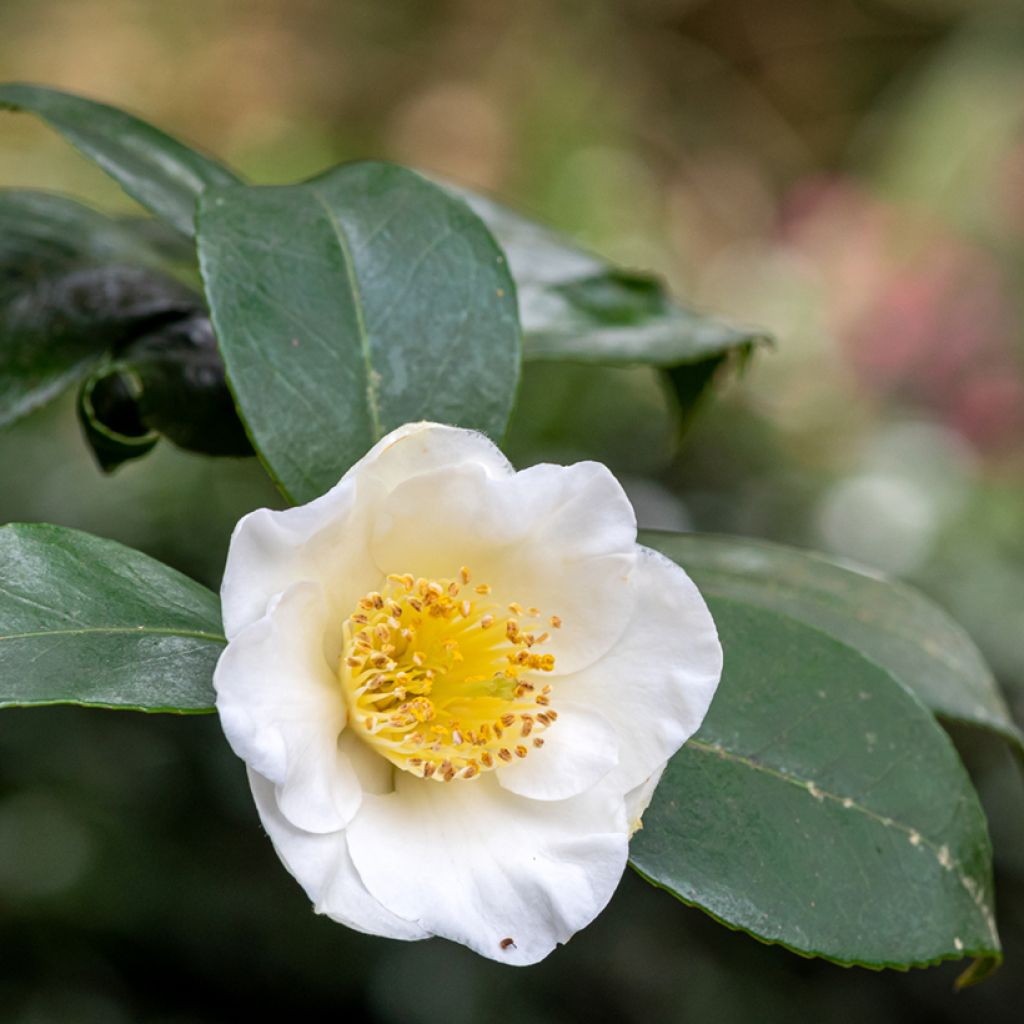

Camellia sinensis seeds - Tea
Camellia sinensis seeds - Tea
Camellia sinensis
Tea Plant
Special offer!
Receive a €20 voucher for any order over €90 (excluding delivery costs, credit notes, and plastic-free options)!
1- Add your favorite plants to your cart.
2- Once you have reached €90, confirm your order (you can even choose the delivery date!).
3- As soon as your order is shipped, you will receive an email containing your voucher code, valid for 3 months (90 days).
Your voucher is unique and can only be used once, for any order with a minimum value of €20, excluding delivery costs.
Can be combined with other current offers, non-divisible and non-refundable.
Home or relay delivery (depending on size and destination)
Schedule delivery date,
and select date in basket
This plant carries a 6 months recovery warranty
More information
We guarantee the quality of our plants for a full growing cycle, and will replace at our expense any plant that fails to recover under normal climatic and planting conditions.
Would this plant suit my garden?
Set up your Plantfit profile →
Description
Sowing seeds of the Tea Plant, or Camellia sinensis, allows you to grow an authentic tea bush. This evergreen bush, a close relative of camellias, develops a spreading habit and dark green, glossy, toothed foliage. Its small white flowers with yellow stamens are charming. Native to the mountainous regions of Asia, it is cultivated there for its leaves, which are used in tea production after fermentation or drying. Growing from seed allows you to discover all the growth stages of the tea bush and obtain a unique bush for your garden or pot.
Camellia sinensis belongs to the Theaceae family and originates from southern China, though it is also cultivated in Japan, India, and other parts of the world with a mild and humid climate. In its natural habitat, it can exceed 10 metres in height, but in our latitudes, it remains more modest, rarely surpassing 2.50 metres, with an upright, spreading habit and relatively slow growth. Its dense, evergreen foliage consists of small, ovate, toothed and glossy leaves, measuring 4 to 8 cm long. It flowers twice a year when left unpruned. The 2.5 to 4 cm diameter, single flowers are composed of 5 green, persistent sepals and 5 to 8 white to pale yellow petals surrounding a centre of yellow stamens. Its solitary or clustered flowers (in groups of three to four) are followed by capsule-like fruits containing the seeds. Hardy down to -12°C, it adapts to temperate and humid climates, which are quite humid, cloudy, and with minimal seasonal temperature variations. Elsewhere, it should be given a sheltered position in winter and protected from the scorching sun in summer. It requires protection during intense cold spells.
Perfect for Japanese, cottage, or exotic gardens, the tea bush pairs well with shrubs like rhododendrons, pieris, or perennials such as heathers and meadow rues, which share its preference for acidic soils. It can also be grown as a hedge due to its density or in pots on a shaded terrace, with winter protection in case of severe frosts.
Report an error about the product description
Camellia sinensis seeds - Tea in pictures




Flowering
Foliage
Plant habit
Botanical data
Camellia
sinensis
Theaceae
Tea Plant
Thea viridis, Thea bohea
India, China, East Asia
Other Tree seeds
View all →Planting and care
To sow Camellia sinensis, start by soaking fresh seeds in water for 24 hours. Discard any that float, as they are less likely to germinate. Plant the seeds that have developed a crack in their shell after soaking. Sow them horizontally, burying them 2 to 3 cm deep in a light, well-draining, and acidic substrate, composed of ericaceous compost and sand. The ideal temperature for germination is between 20 and 25°C, and the soil should be kept moist but not waterlogged. Place the seedlings in partial shade, under 80% shade cover. Germination typically occurs within one to two months. Once the seedlings have developed three to four leaves, gradually expose them to more intense light, reducing the shade to 30-40%. Apply a small amount of slow-release fertiliser, suitable for acid-loving plants, to encourage their growth.
Once the young plants are sufficiently developed, they should be transplanted into individual pots before being planted out in the ground or containers, in a location sheltered from wind and harsh sunlight.
Sowing period
Intended location
This item has not been reviewed yet - be the first to leave a review about it.
Similar products
Haven't found what you were looking for?
Hardiness is the lowest winter temperature a plant can endure without suffering serious damage or even dying. However, hardiness is affected by location (a sheltered area, such as a patio), protection (winter cover) and soil type (hardiness is improved by well-drained soil).

Photo Sharing Terms & Conditions
In order to encourage gardeners to interact and share their experiences, Promesse de fleurs offers various media enabling content to be uploaded onto its Site - in particular via the ‘Photo sharing’ module.
The User agrees to refrain from:
- Posting any content that is illegal, prejudicial, insulting, racist, inciteful to hatred, revisionist, contrary to public decency, that infringes on privacy or on the privacy rights of third parties, in particular the publicity rights of persons and goods, intellectual property rights, or the right to privacy.
- Submitting content on behalf of a third party;
- Impersonate the identity of a third party and/or publish any personal information about a third party;
In general, the User undertakes to refrain from any unethical behaviour.
All Content (in particular text, comments, files, images, photos, videos, creative works, etc.), which may be subject to property or intellectual property rights, image or other private rights, shall remain the property of the User, subject to the limited rights granted by the terms of the licence granted by Promesse de fleurs as stated below. Users are at liberty to publish or not to publish such Content on the Site, notably via the ‘Photo Sharing’ facility, and accept that this Content shall be made public and freely accessible, notably on the Internet.
Users further acknowledge, undertake to have ,and guarantee that they hold all necessary rights and permissions to publish such material on the Site, in particular with regard to the legislation in force pertaining to any privacy, property, intellectual property, image, or contractual rights, or rights of any other nature. By publishing such Content on the Site, Users acknowledge accepting full liability as publishers of the Content within the meaning of the law, and grant Promesse de fleurs, free of charge, an inclusive, worldwide licence for the said Content for the entire duration of its publication, including all reproduction, representation, up/downloading, displaying, performing, transmission, and storage rights.
Users also grant permission for their name to be linked to the Content and accept that this link may not always be made available.
By engaging in posting material, Users consent to their Content becoming automatically accessible on the Internet, in particular on other sites and/or blogs and/or web pages of the Promesse de fleurs site, including in particular social pages and the Promesse de fleurs catalogue.
Users may secure the removal of entrusted content free of charge by issuing a simple request via our contact form.
The flowering period indicated on our website applies to countries and regions located in USDA zone 8 (France, the United Kingdom, Ireland, the Netherlands, etc.)
It will vary according to where you live:
- In zones 9 to 10 (Italy, Spain, Greece, etc.), flowering will occur about 2 to 4 weeks earlier.
- In zones 6 to 7 (Germany, Poland, Slovenia, and lower mountainous regions), flowering will be delayed by 2 to 3 weeks.
- In zone 5 (Central Europe, Scandinavia), blooming will be delayed by 3 to 5 weeks.
In temperate climates, pruning of spring-flowering shrubs (forsythia, spireas, etc.) should be done just after flowering.
Pruning of summer-flowering shrubs (Indian Lilac, Perovskia, etc.) can be done in winter or spring.
In cold regions as well as with frost-sensitive plants, avoid pruning too early when severe frosts may still occur.
The planting period indicated on our website applies to countries and regions located in USDA zone 8 (France, United Kingdom, Ireland, Netherlands).
It will vary according to where you live:
- In Mediterranean zones (Marseille, Madrid, Milan, etc.), autumn and winter are the best planting periods.
- In continental zones (Strasbourg, Munich, Vienna, etc.), delay planting by 2 to 3 weeks in spring and bring it forward by 2 to 4 weeks in autumn.
- In mountainous regions (the Alps, Pyrenees, Carpathians, etc.), it is best to plant in late spring (May-June) or late summer (August-September).
The harvesting period indicated on our website applies to countries and regions in USDA zone 8 (France, England, Ireland, the Netherlands).
In colder areas (Scandinavia, Poland, Austria...) fruit and vegetable harvests are likely to be delayed by 3-4 weeks.
In warmer areas (Italy, Spain, Greece, etc.), harvesting will probably take place earlier, depending on weather conditions.
The sowing periods indicated on our website apply to countries and regions within USDA Zone 8 (France, UK, Ireland, Netherlands).
In colder areas (Scandinavia, Poland, Austria...), delay any outdoor sowing by 3-4 weeks, or sow under glass.
In warmer climes (Italy, Spain, Greece, etc.), bring outdoor sowing forward by a few weeks.































